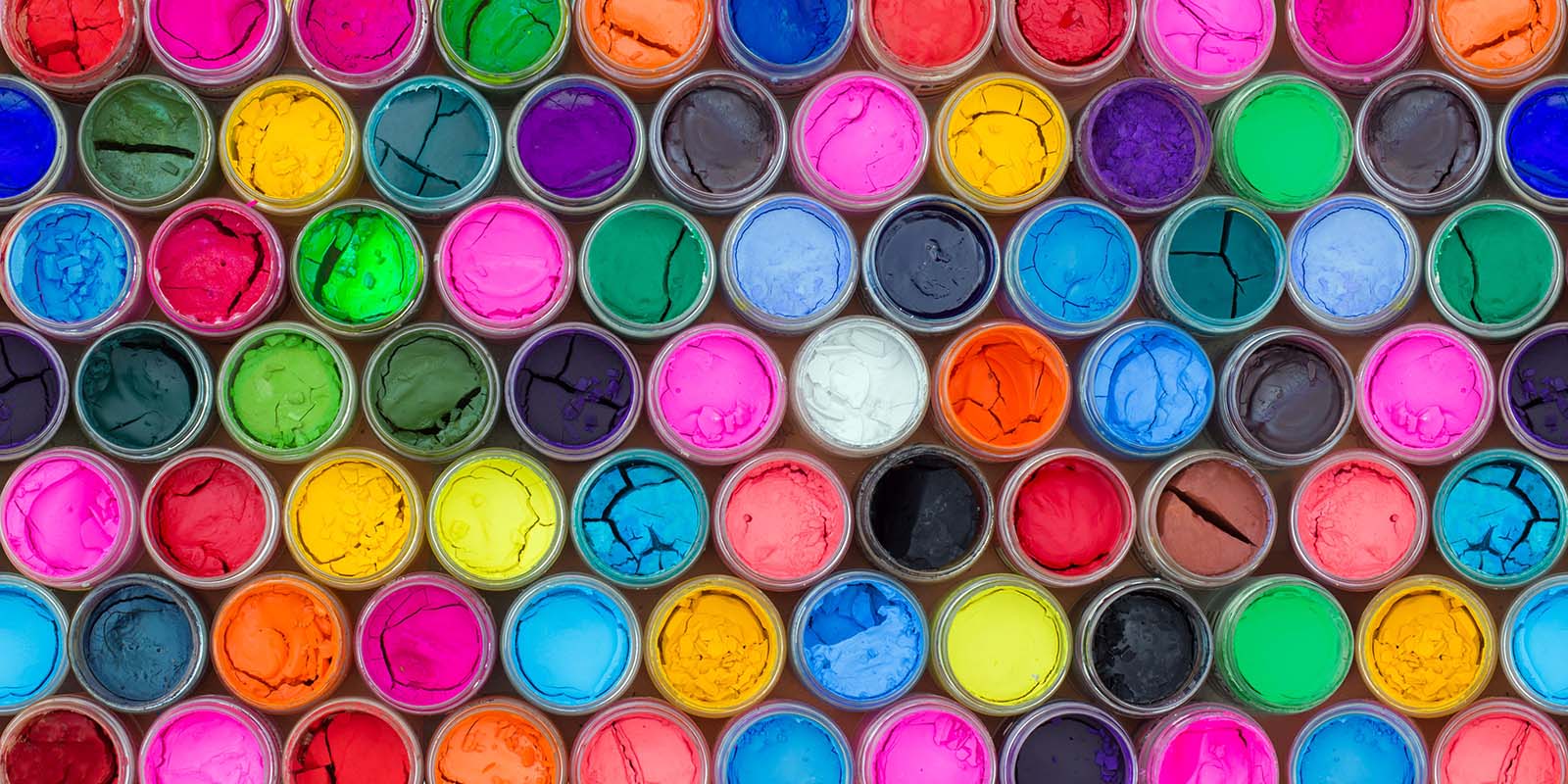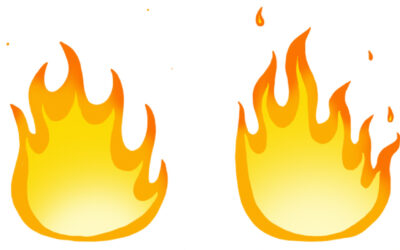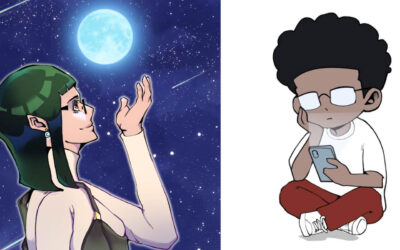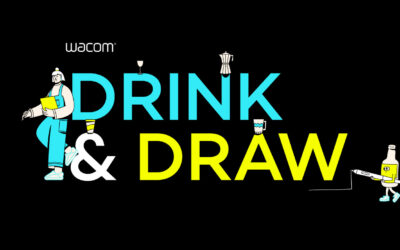Colors play a crucial role in creating visually appealing and impactful digital art. The right color choices can evoke specific emotions, establish a cohesive aesthetic, and elevate the overall quality of your artwork. In this blog post, we’ll explore some essential tips and techniques for selecting colors in digital art, as demonstrated by Aaron Rutten in his informative video, “How to Choose Color in Digital Art.”
In the video below, Corel Painter Master Elite Aaron Rutten walks you through the basics of choosing colors in digital art. The below article is a summary of his tutorial; for more information about Aaron or to sign up for a comprehensive course from him, see the bottom of this article!
Understanding Color Theory Basics
Before delving into color selection strategies, it’s essential to grasp the fundamentals of color theory. Aaron explains the three main components of color: hue, saturation, and value (brightness). Hue refers to the specific color (red, blue, green, etc.), saturation determines the vibrancy or dullness of the color, and value controls the lightness or darkness.
Familiarizing yourself with these concepts will help you make more informed color choices and understand how different hues, saturations, and values interact with one another.

Choosing a color palette
One of the most effective ways to achieve color harmony in your digital art is by selecting a cohesive color palette. Aaron suggests using complementary or analogous color schemes as a starting point.
Complementary colors are opposite each other on the color wheel (e.g.,red and cyan or yellow and indigo), creating a high-contrast and vibrant combination. Analogous colors, on the other hand, are adjacent on the color wheel (e.g., shades of blue and green), resulting in a more harmonious and soothing palette.
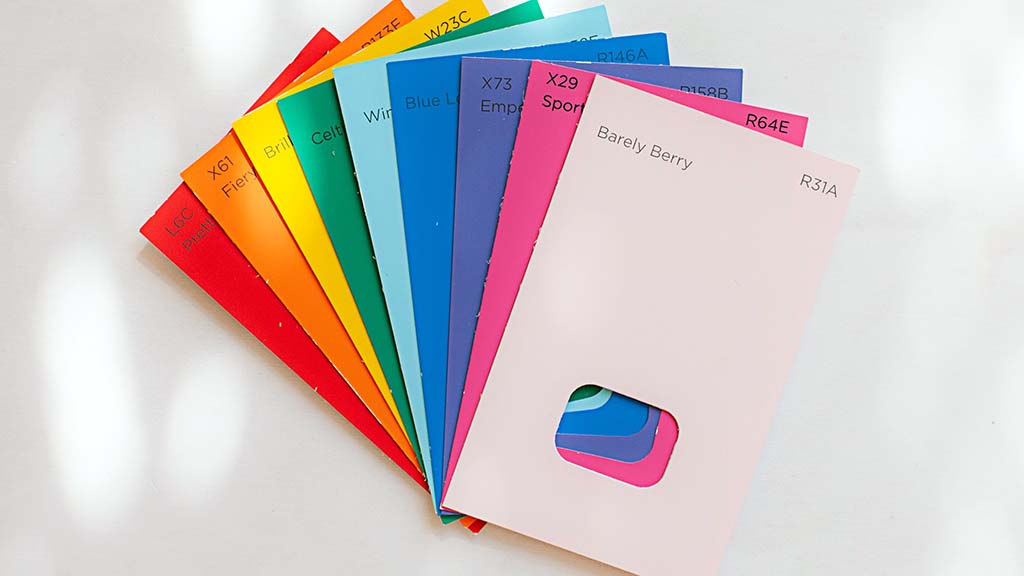
Tips for creating cohesive palettes
To ensure your color palette remains cohesive and visually appealing, Aaron shares three helpful tricks:
1. Use a limited number of hues. Restricting your palette to a few carefully chosen hues can create a sense of unity and prevent your artwork from appearing chaotic or overwhelming.
2. Vary saturation and value. While limiting the number of hues, experiment with different saturations and values of those hues to add depth and interest to your artwork.
3. Incorporate neutrals. Introducing neutral colors like black, white, or grays can help balance and ground your palette, providing a foundation for your vibrant hues to shine.
By following these techniques, you can develop cohesive and visually striking color palettes that enhance the overall impact of your digital art.
Choosing colors for your digital art is crucial to the creative process. By understanding color theory, experimenting with different color schemes, drawing inspiration from various sources, and applying Aaron Rutten’s insightful tips, you can elevate your artwork and create visually stunning pieces that captivate your audience.

About the artist
Aaron Rutten is a Seattle-based Corel Painter Master, who specializes in combining traditional art techniques with modern digital art tools. While he works with both traditional and digital media, he prefers to be on the leading edge of a constantly-evolving profession by embracing the latest art tools and technology. He is currently putting most of his focus into his popular YouTube channel, where he teaches people how to make digital art. He also sells art courses on Gumroad.
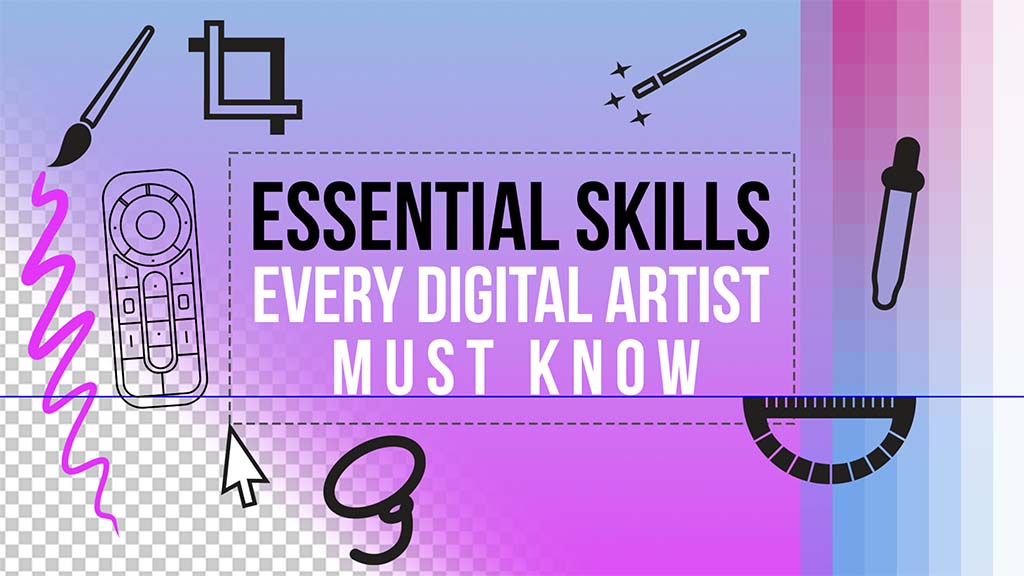
Want to learn more?
Mastering the intricate techniques and skills required in the ever-evolving realm of digital art can be daunting. From layer management to color selection, artists must navigate a vast array of complexities, often scouring the internet for reliable and relevant information tailored to their specific art software.
However, a seasoned digital artist, Aaron Rutten has crafted an exceptional video course that promises to revolutionize how Wacom users approach their craft: Essential Skills Every Digital Artist Must Know. This comprehensive course delves into over 40 of the most essential skills every digital artist should possess, providing a one-stop-shop for artists seeking to elevate their abilities.
What sets this course apart is its universal applicability across various art software platforms, including Krita, Rebelle, Photoshop, Corel Painter, and Clip Studio Paint. By imparting knowledge that transcends software boundaries, Rutten empowers artists to be versatile and adaptable, equipping them with the tools to tackle any digital art challenge that comes their way.
In a remarkable display of accessibility, Rutten has adopted a “Pay What You Want” model for this course, with a minimum price of $14.99 but the option to enter a custom amount. This innovative approach ensures that financial constraints need not hinder the pursuit of artistic excellence, making this course a must-have for any Wacom user seeking to unlock their full creative potential. Click here to sign up or learn more.
Note: the feature image used with this blog post was created by Patchanu Noree and was accessed via Burst.

